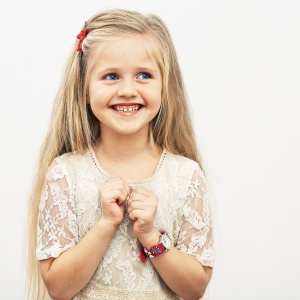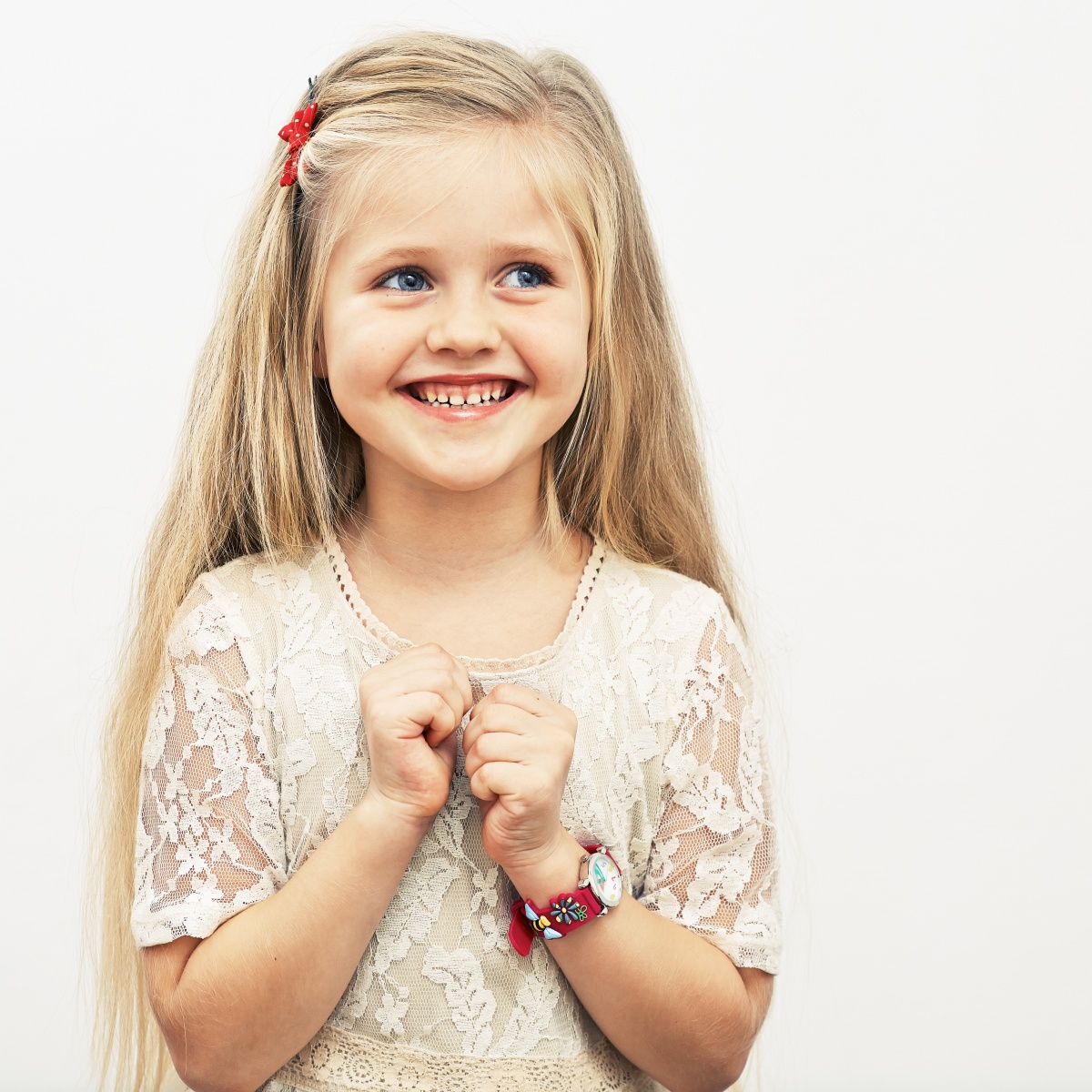We all remember those long nights of agony as our leg bones grew and our muscles struggled to keep up. This pain is experienced by the majority of children, and most often in the legs. Growing pain is not a medical condition or a disease that needs treated by a doctor. The pain is almost always gone by morning because we grow the most at night. They are a normal part of childhood and when it happens your child will benefit from comfort, attention and a motherly touch.
The most common childhood growing pains are sharp, throbbing pains in the legs, typically occurring at night and sometimes in late afternoon. Occasionally, the pains can be strong enough to wake a child. Between 25 and 40 percent of children between three and five years, and again between the ages of 8 and 12, experience these night time aches. If they indeed do not happen during the day then the chances are very high that they are simply growing pains and no further attention is needed. Modelling photo shoots are sometimes called off if the baby is distraught and feeling these pains. They happen almost at random and can just come out of the blue. There are some things you can do though to soften the discomfort. Massaging increases the blood flow to the growing tissues and bones and will take some attention away from the pain. Heated pads or warm hot water bottles will dull the pain too following by gentle stretching and moving to get things settled into place.

When trying these things pay close attention to your child’s reactions. If the area appears tender or hypersensitive it may be an indicator that something else is happening. They should be comforted by your touch. Growing pains are a muscular ache, not an inflammation, more like a stretching. Tenderness in the joints or pain when touched heralds a quick visit to your GP. These classic “growing pains” are different from pain associated with the rapid growth during the time period surrounding puberty. Increased bone growth outpaces muscle and tendon flexibility, causing new stresses on attachments to certain growth areas on the bone. Pain and swelling can occur and interfere with activities and sports. Inflammation of the growth plates is called apophysitis. The most common areas affected are the knee and heel, and the pain can fluctuate during the 2 to 3 years of rapid growth. Treatment includes flexibility exercises, local ice application, and altering activities during the painful days. Many modelling advice companies and agencies will encourage regular check ups from the GP if they feel that illness may affect your availability the health of your child.
Follow Models Direct on twitter for modelling advice and news!


